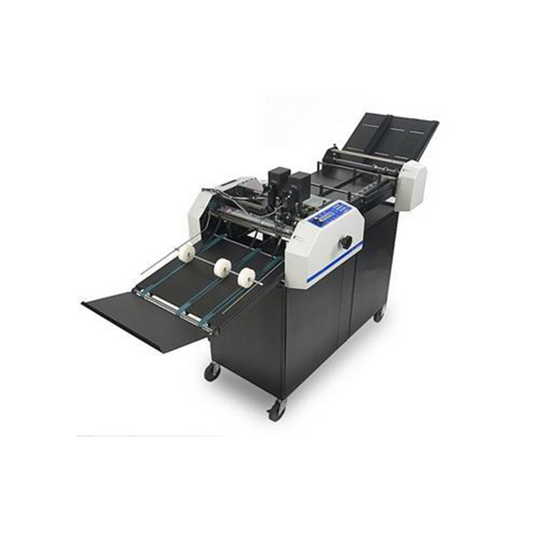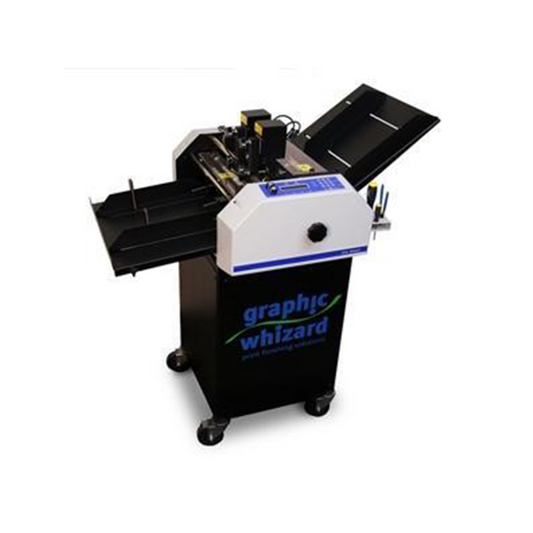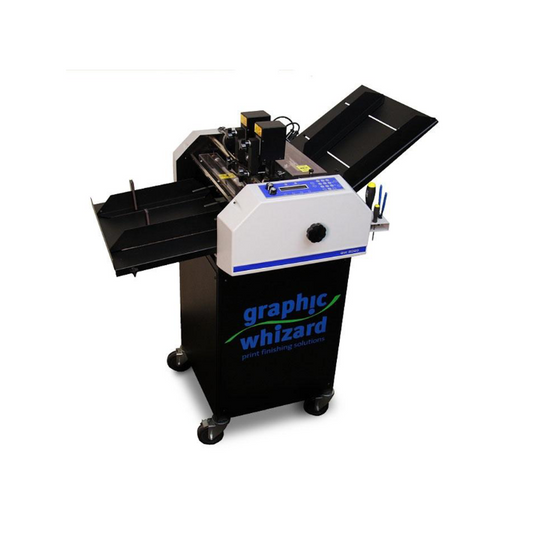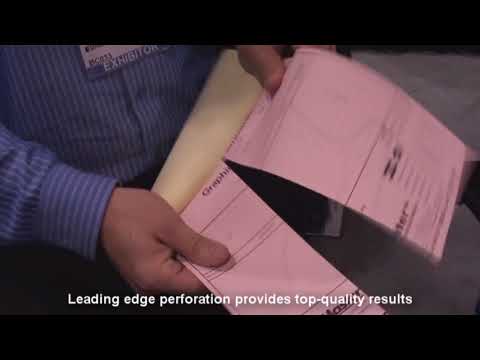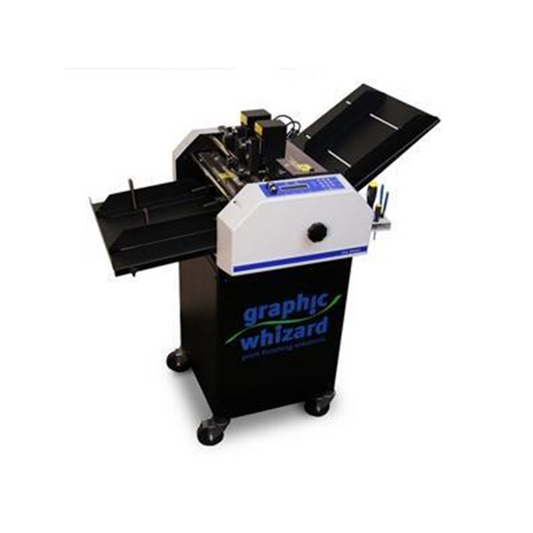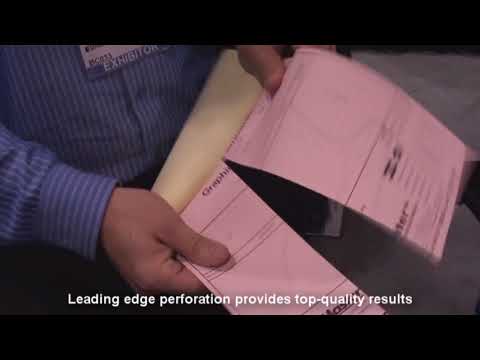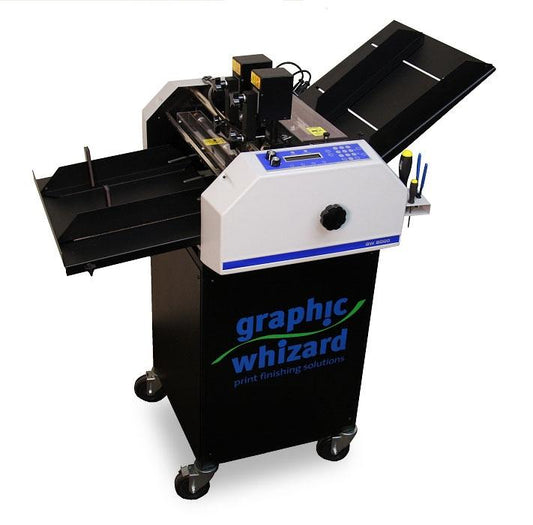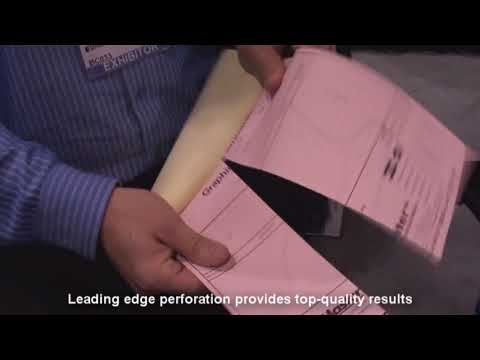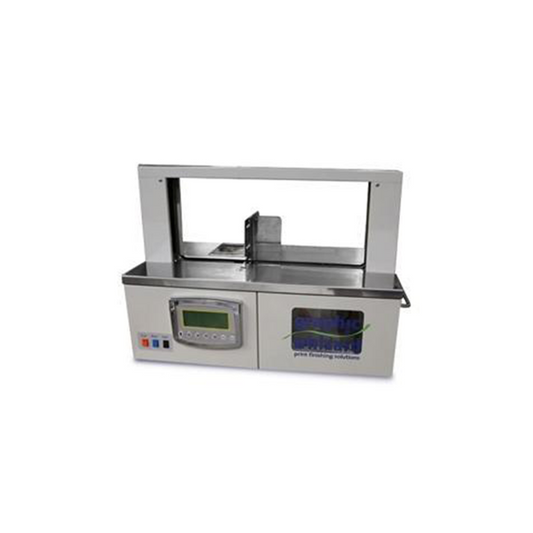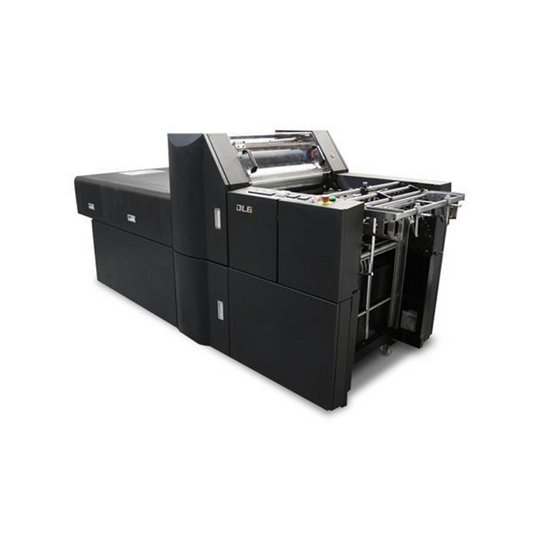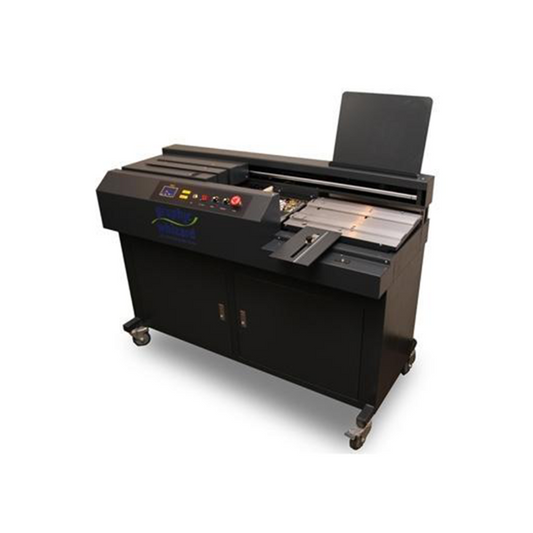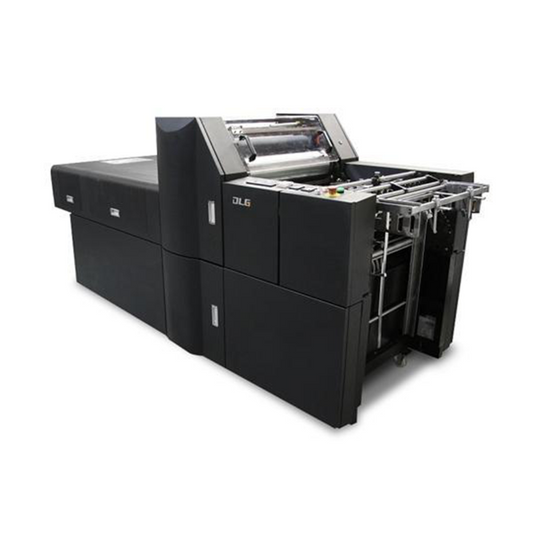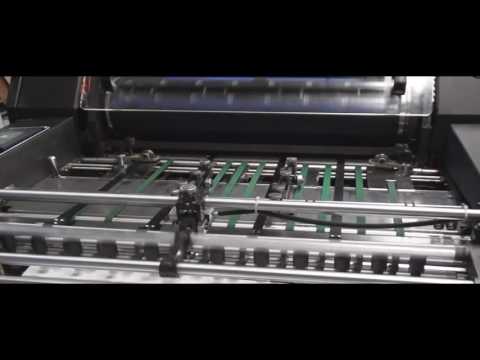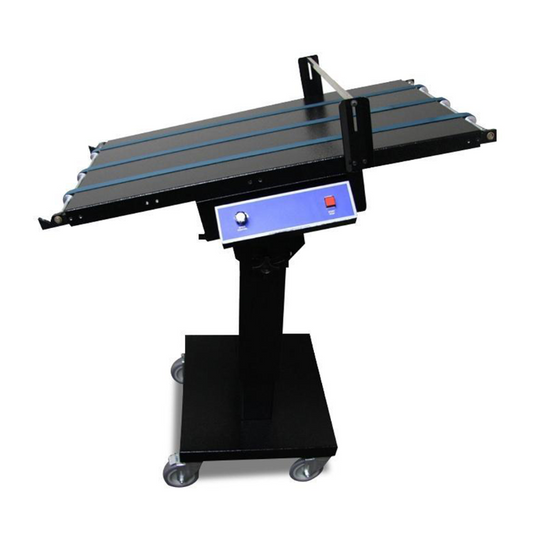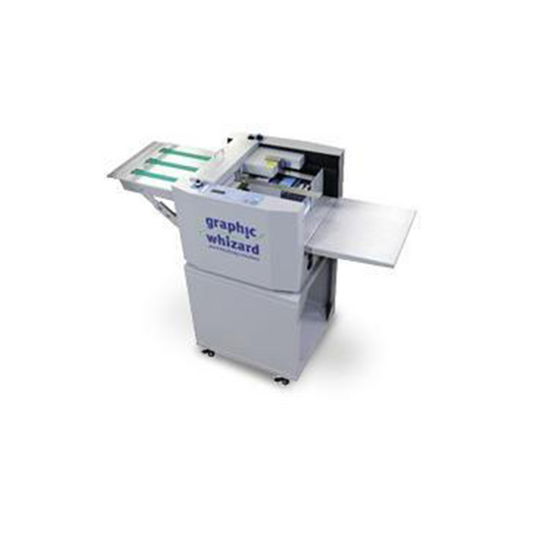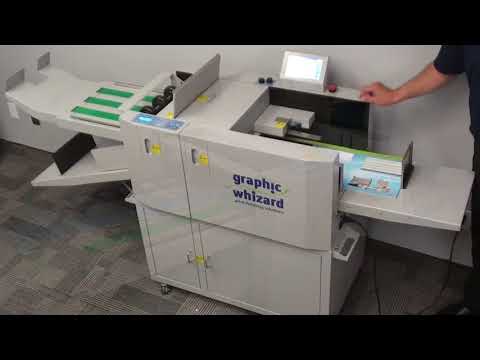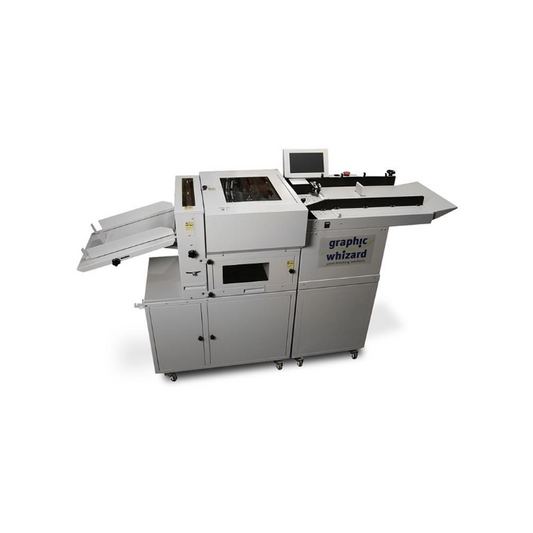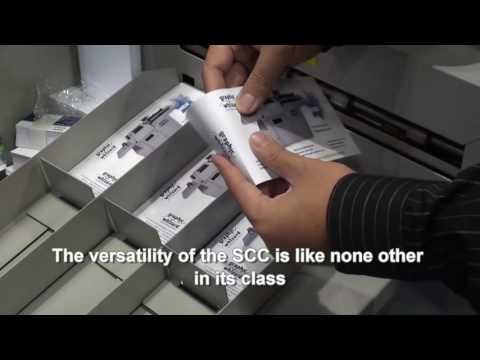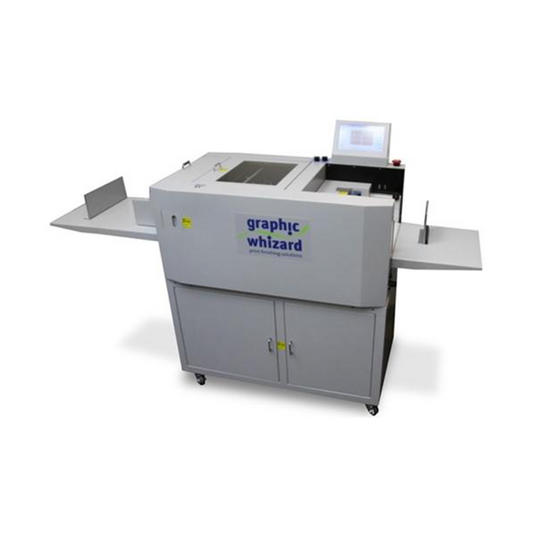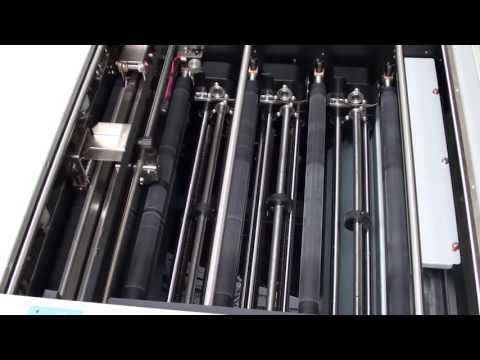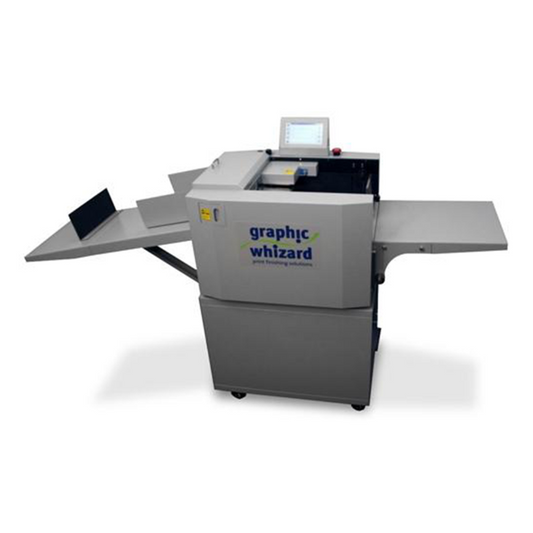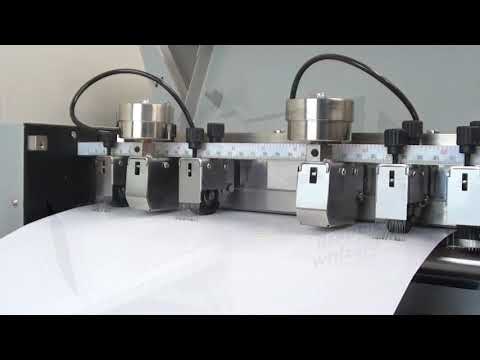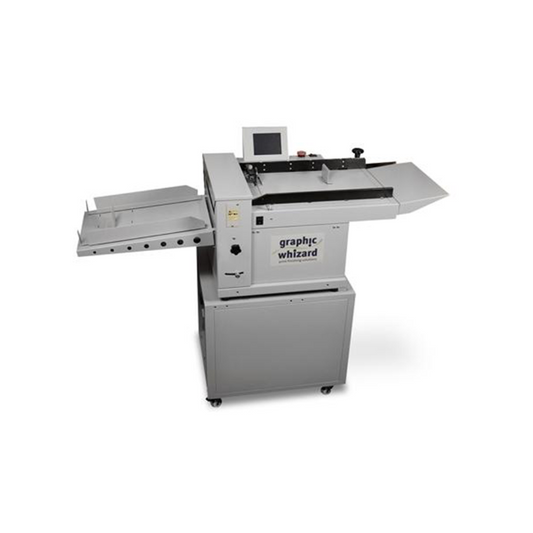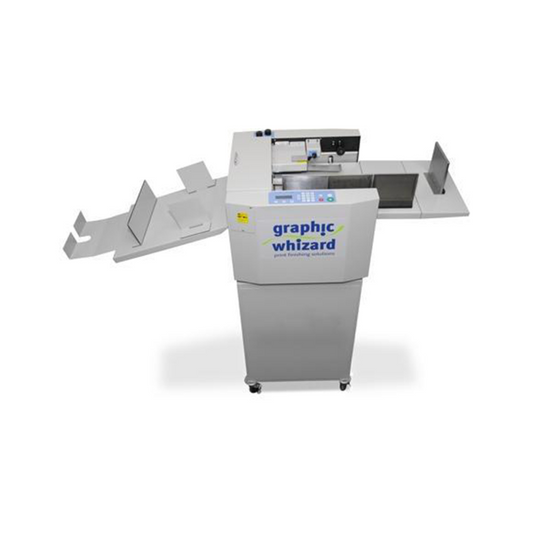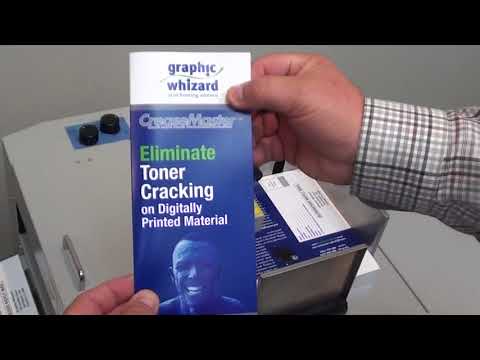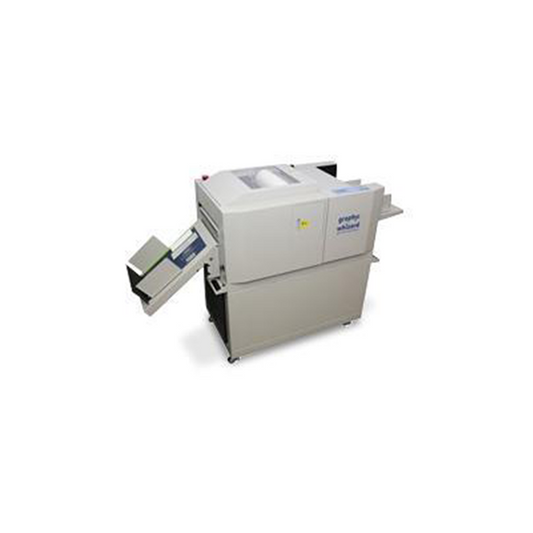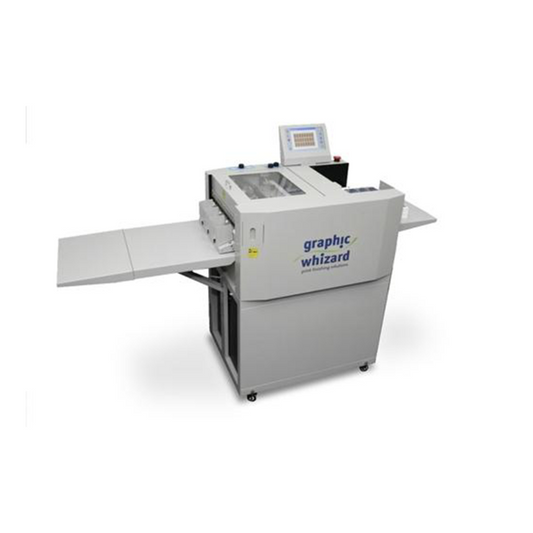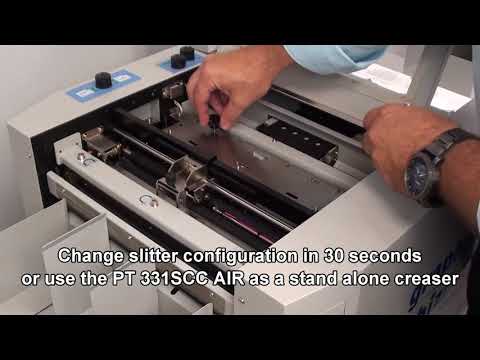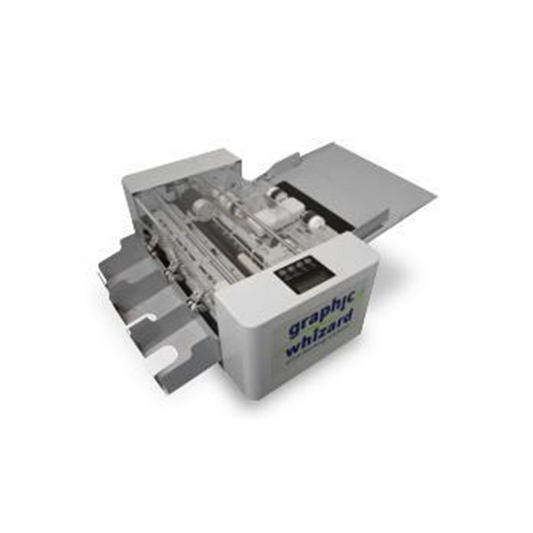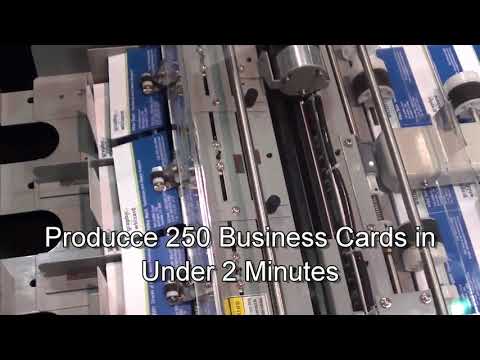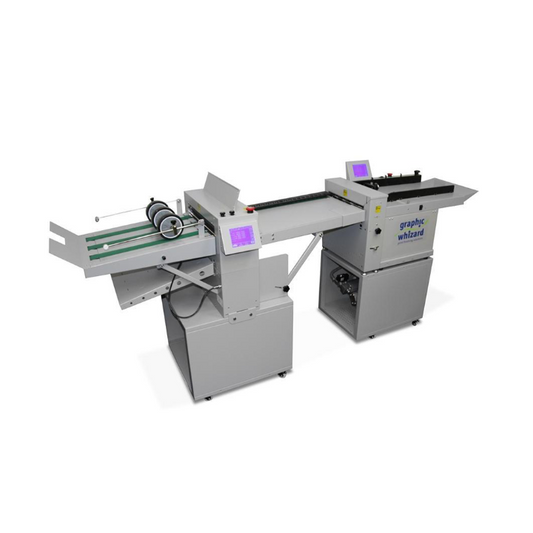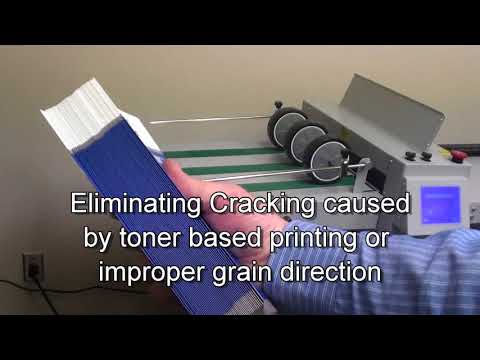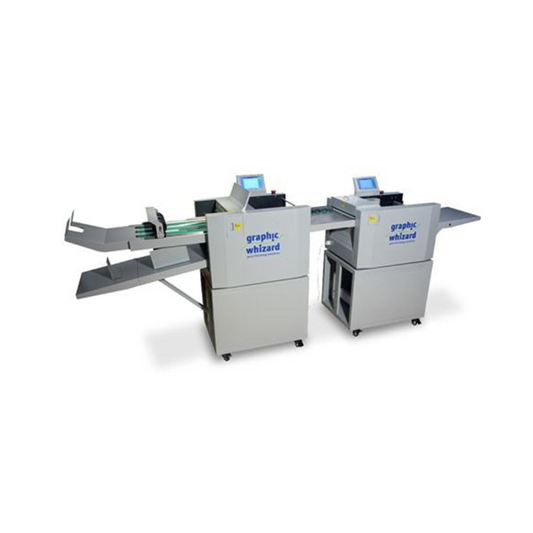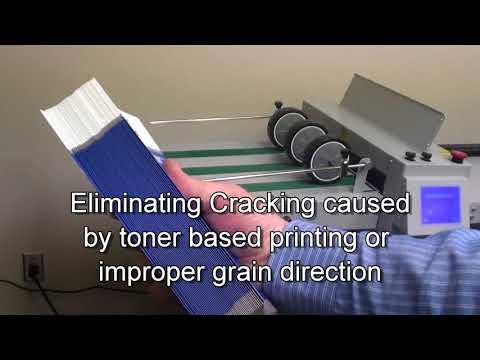-
Graphic Whizard 12000 Numbering Machine
Vendor:Graphic WhizardRegular price $0.00 USDRegular priceUnit price per$0.00 USDSale price $0.00 USD -
Graphic Whizard 8000P-DS Numbering Machine
Vendor:Graphic WhizardRegular price $0.00 USDRegular priceUnit price per$0.00 USDSale price $0.00 USD -
Graphic Whizard 8000P Numbering Machine with Pneumatic Propulsion for Enhanced Performance
Vendor:Graphic WhizardRegular price $0.00 USDRegular priceUnit price per$0.00 USDSale price $0.00 USD -
Graphic Whizard 8000E Numbering Machine
Vendor:Graphic WhizardRegular price $0.00 USDRegular priceUnit price per$0.00 USDSale price $0.00 USD -
Graphic Whizard 6000 Numbering Machine
Vendor:Graphic WhizardRegular price $0.00 USDRegular priceUnit price per$0.00 USDSale price $0.00 USD -
Graphic Whizard 3000 Numbering Machine
Vendor:Graphic WhizardRegular price $0.00 USDRegular priceUnit price per$0.00 USDSale price $0.00 USD -
Graphic Whizard SP-Bander
Vendor:Graphic WhizardRegular price $0.00 USDRegular priceUnit price per$0.00 USDSale price $0.00 USD -
Graphic Whizard VividCoater DLG Spot & Flood Coater
Vendor:Graphic WhizardRegular price $0.00 USDRegular priceUnit price per$0.00 USDSale price $0.00 USD -
Graphic Whizard 460A PUR Perfect Binder
Vendor:Graphic WhizardRegular price $0.00 USDRegular priceUnit price per$0.00 USDSale price $0.00 USD -
Graphic Whizard 460A Perfect Binder
Vendor:Graphic WhizardRegular price $0.00 USDRegular priceUnit price per$0.00 USDSale price $0.00 USD -
VividCoater DLG Spot & Flood Coater
Vendor:Graphic WhizardRegular price $0.00 USDRegular priceUnit price per$0.00 USDSale price $0.00 USD -
Graphic Whizard Transport System - Motorized Conveyor
Vendor:Graphic WhizardRegular price $0.00 USDRegular priceUnit price per$0.00 USDSale price $0.00 USD -
Graphic Whizard PT330PF Feed
Vendor:Graphic WhizardRegular price $0.00 USDRegular priceUnit price per$0.00 USDSale price $0.00 USD -
Graphic Whizard PT 375SCC Slitter/Cutter/Creaser
Vendor:Graphic WhizardRegular price $0.00 USDRegular priceUnit price per$0.00 USDSale price $0.00 USD -
Graphic Whizard PT 335SCC Multi Slitter/Cutter/Creaser
Vendor:Graphic WhizardRegular price $0.00 USDRegular priceUnit price per$0.00 USDSale price $0.00 USD -
Graphic Whizard PT335A Plus Multi
Vendor:Graphic WhizardRegular price $0.00 USDRegular priceUnit price per$0.00 USDSale price $0.00 USD -
Graphic Whizard PT335 A+ Automatic Creaser
Vendor:Graphic WhizardRegular price $0.00 USDRegular priceUnit price per$0.00 USDSale price $0.00 USD -
Graphic Whizard PT335 B Multi
Vendor:Graphic WhizardRegular price $0.00 USDRegular priceUnit price per$0.00 USDSale price $0.00 USD -
Graphic Whizard PT33LSC Laminate/Slit/Cut
Vendor:Graphic WhizardRegular price $0.00 USDRegular priceUnit price per$0.00 USDSale price $0.00 USD -
Graphic Whizard PT331SCC Air Slit/Cut/Crease
Vendor:Graphic WhizardRegular price $0.00 USDRegular priceUnit price per$0.00 USDSale price $0.00 USD -
Graphic Whizard PT320 CC
Vendor:Graphic WhizardRegular price $0.00 USDRegular priceUnit price per$0.00 USDSale price $0.00 USD -
Graphic Whizard PT375 CKF Creaser/Folder
Vendor:Graphic WhizardRegular price $0.00 USDRegular priceUnit price per$0.00 USDSale price $0.00 USD -
Graphic Whizard PT-335CKF Creaser/Knife Folder
Vendor:Graphic WhizardRegular price $0.00 USDRegular priceUnit price per$0.00 USDSale price $0.00 USD -
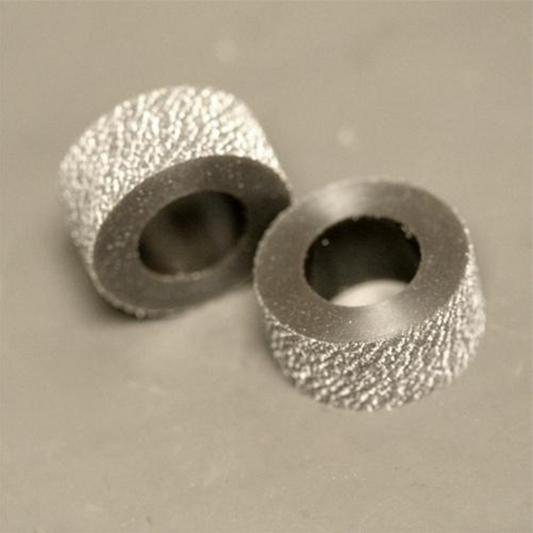
Graphic Whizard Replacement Feed Roller for Numbering, Perfing, and Scoring Machines - Single Unit
Vendor:Graphic WhizardRegular price $30.00 USDRegular priceUnit price per$39.38 USDSale price $30.00 USDSale

 GRAPHIC WHIZARD PARTS AND ACCESSORIES
GRAPHIC WHIZARD PARTS AND ACCESSORIES